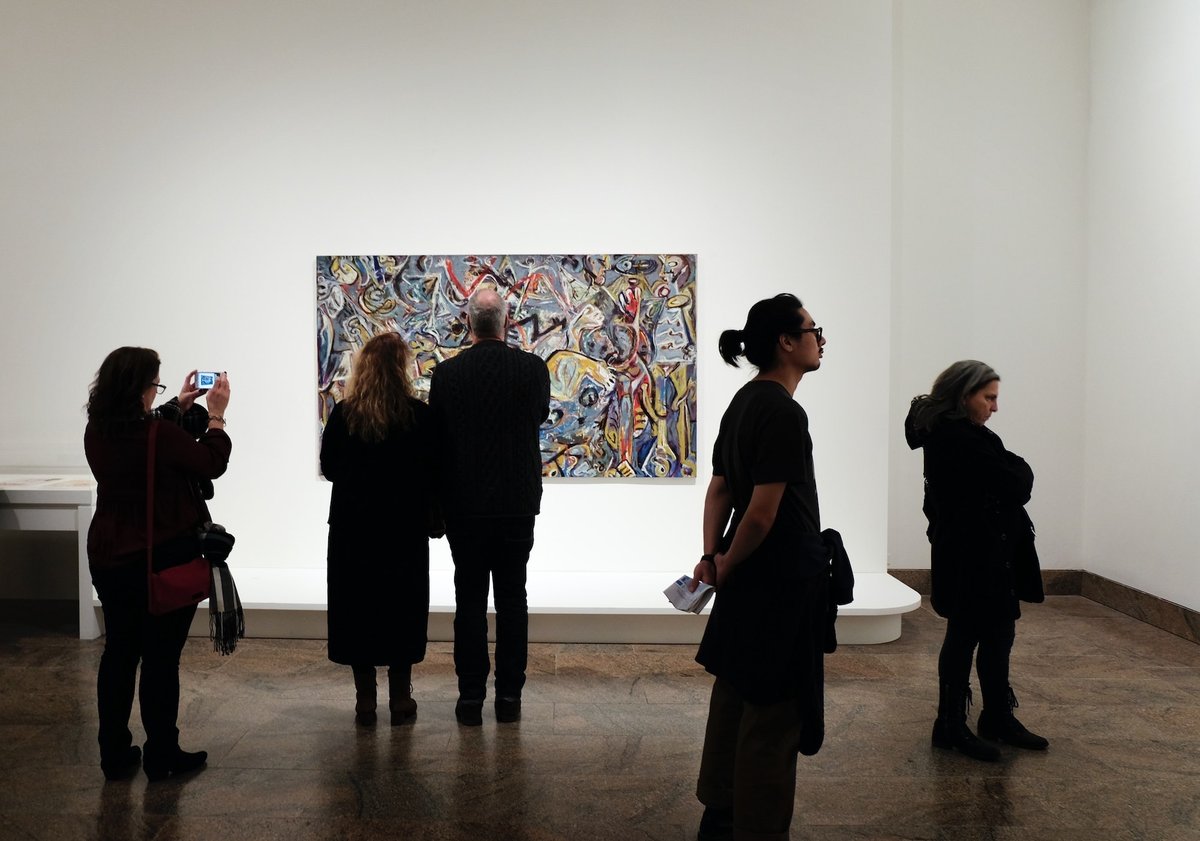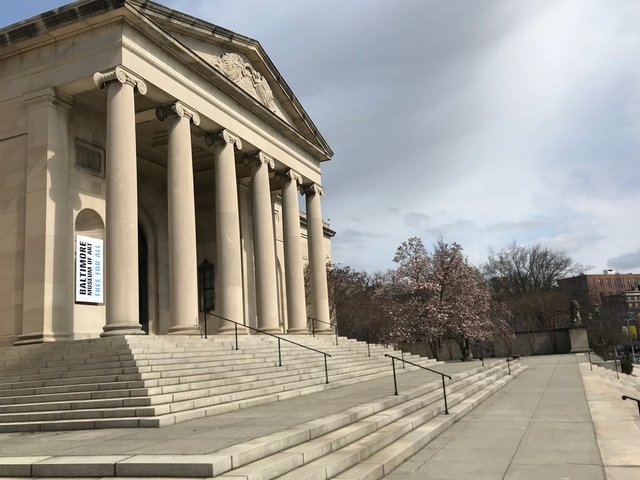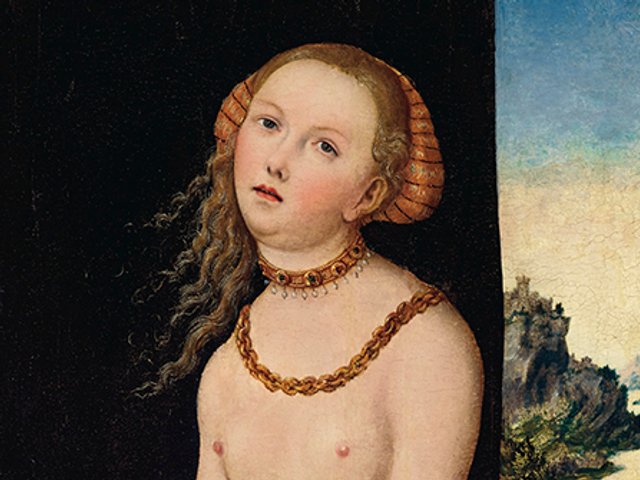The Association of Art Museum Directors (AAMD) is updating its guidelines concerning the sale of artworks deaccessioned by museums, slightly expanding its restrictions on the often-controversial practice.
The new provision, approved by AAMD members, allows funds from deaccessioned works to be used for “direct care” of a museum’s collection—a more lenient approach than the association’s previous guidelines, which limited the use of funds to the purchasing of new artworks for the museum’s collection. The updated guidelines also provide a succinct definition of the term “direct care” to ensure that museums follow their exact parameters.
“Direct care for purposes of this section means the direct costs associated with the storage or preservation of works of art,” AAMD’s definition states. “Such direct costs include for example those for (i) conservation and restoration treatments (including packing and transportation for such conservation or restoration) and (ii) materials required for storage of all classifications of works of art, such as, acid-free paper, folders, matboard, frames, mounts and digital media migration.”
The new rule goes on to clarify that proceeds from a deaccessioned sale may not be used to pay for capital expenses such as staff salaries or exhibition costs.
The new guidelines are the latest change to the AAMD’s rules concerning deaccessioning, which have fluctuated a fair amount over the past two years. In April, the organization repealed its temporary pandemic-era guidelines, which it introduced in April of 2020 in order to help mitigate the financial hardships that museums across the country were facing due to the Covid-19 lockdowns. Those relaxed guidelines also stated that funds may be used for “direct care”, but did not specify what that meant, allowing for a wider array of usages for proceeds from sales.
The resulting deaccession sales were often met with controversy. In October 2020, the Baltimore Museum of Art announced plans to sell three works from its collection to fund a $65m endowment to cover staff pay raises, diversity initiatives and free admission to special exhibitions, among other programmes. The announcement resulted in widespread condemnation, and after a wave of board resignations, the museum cancelled the planned sale. The narrower definition of “direct care” adopted this week may help avert future controversies, while still allowing musems to care for their collections.
“This is a good change for AAMD, recognizing a philosophical shift within our membership as well as the earlier changes made by important collegial institutions such as [the American Alliance of Museums],” Rod Bigelow, chair of the AAMD’s deaccessioning task force and director of the Crystal Bridges Museum of American Art, said in a statement. “We all understood that any change to a rule that this association has carefully guarded for several decades must be narrow and focused, and we have achieved that. Equally important is the recognition that this change is the ceiling, not the floor. It provides some additional flexibility for our members should their institutions want it, but does not require any museum to change its current policy.”





